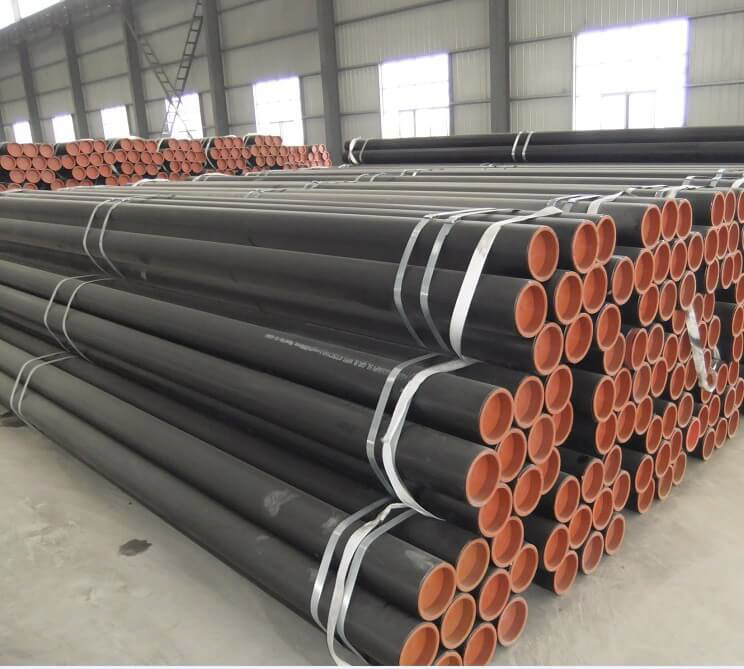-
Cangzhou Yulong Steel Co., Ltd.
-
Phone:
+86 13303177267 -
Email:
admin@ylsteelfittings.com
- English
- Arabic
- Italian
- Spanish
- Portuguese
- German
- kazakh
- Persian
- Greek
- French
- Russian
- Polish
- Thai
- Indonesian
- Vietnamese
- Zulu
- Korean
- Uzbek
- Hindi
- Serbian
- Malay
- Ukrainian
- Gujarati
- Haitian Creole
- hausa
- hawaiian
- Hebrew
- Miao
- Hungarian
- Icelandic
- igbo
- irish
- Japanese
- Javanese
- Kannada
- Khmer
- Rwandese
- Afrikaans
- Albanian
- Amharic
- Armenian
- Azerbaijani
- Basque
- Belarusian
- Bengali
- Bosnian
- Bulgarian
- Catalan
- Cebuano
- China
- China (Taiwan)
- Corsican
- Croatian
- Czech
- Danish
- Esperanto
- Estonian
- Finnish
- Frisian
- Galician
- Georgian
- Kurdish
- Kyrgyz
- Lao
- Latin
- Latvian
- Lithuanian
- Luxembourgish
- Macedonian
- Malgashi
- Malayalam
- Maltese
- Maori
- Marathi
- Mongolian
- Myanmar
- Nepali
- Norwegian
- Norwegian
- Occitan
- Pashto
- Dutch
- Punjabi
- Romanian
- Samoan
- Scottish Gaelic
- Sesotho
- Shona
- Sindhi
- Sinhala
- Slovak
- Slovenian
- Somali
- Sundanese
- Swahili
- Swedish
- Tagalog
- Tajik
- Tamil
- Tatar
- Telugu
- Turkish
- Turkmen
- Urdu
- Uighur
- Welsh
- Bantu
- Yiddish
- Yoruba

Nov . 30, 2024 01:30 Back to list
flange types and sizes
Understanding Flange Types and Sizes
Flanges are critical components in piping systems, used to connect pipes, valves, pumps, and other equipment. They provide a reliable, leak-proof method of joining components and allow for easy maintenance and disassembly. Given their importance, it's vital to understand the different types and sizes of flanges available in the market.
Flange Types
1. Weld Neck Flange The weld neck flange features a long neck that is welded to the pipe, resulting in a strong and permanent connection. This type is ideal for high-pressure applications as it reduces stress concentration at the base of the flange.
2. Slip-On Flange As the name suggests, slip-on flanges are designed to slide over the pipe before being welded in place. They are easier to align and install compared to weld neck flanges and are commonly used in lower-pressure applications.
3. Blind Flange Blind flanges are solid and do not have any holes in the center. Their primary function is to seal the end of a piping system, allowing for easy access later for maintenance or inspection. They are commonly used in systems where future expansion may be necessary.
4. Threaded Flange Threaded flanges have internal threads that allow them to be screwed onto a pipe with matching exterior threads. This type is useful when welding is not feasible and is often found in smaller diameter pipes and low-pressure systems.
5. Socket Weld Flange Socket weld flanges are designed to be used with pipes that have a relatively small diameter. The pipe is inserted into the socket of the flange and then welded around the joint. This type provides a strong connection and is often used in high-pressure environments.
6. Lap Joint Flange Lap joint flanges are used in conjunction with a stub end. They are easy to align and are very useful in systems where frequent cleaning or maintenance is required. Lap joint flanges can be made from various materials and are popular in industries that require high flexibility.
flange types and sizes

Flange Sizes
Flanges come in various sizes, which are typically dictated by the pipe size they are meant to connect. The most common standards for measuring flange sizes include
1. Nominal Pipe Size (NPS) This standard measures the diameter of the pipe and, consequently, the flange. Common NPS sizes range from ½ inch to 48 inches.
2. Pressure Class Flanges are also categorized based on their pressure-bearing capabilities, which are represented in classes like 150, 300, 600, and 1500. Higher class numbers indicate flanges that can withstand higher pressures.
3. Thickness The thickness of flanges varies based on the pressure class and application requirements. Thicker flanges are typically used for higher pressure applications to ensure durability and strength.
4. Bolt Circle Diameter (BCD) The BCD is the diameter of the circle formed by the centers of the bolts (the holes in the flange). This measurement is critical for ensuring a proper fit with the mating flange.
Conclusion
Understanding the various types and sizes of flanges is essential for anyone involved in piping system design, installation, or maintenance. Choosing the right flare type is paramount for ensuring that the system operates efficiently and safely. Flange selection should take into consideration material, size, pressure requirements, and installation methods. Whether you are dealing with a simple piping system or a complex industrial setup, having a firm grasp of flange types and sizes can significantly impact the overall performance and reliability of your operations. By selecting the appropriate flange for your needs, you can achieve the desired functionality while minimizing potential risks related to leaks and failures, ultimately ensuring smooth operations in any piping infrastructure.
Latest news
-
ANSI 150P SS304 SO FLANGE
NewsFeb.14,2025
-
ASTM A333GR6 STEEL PIPE
NewsJan.20,2025
-
ANSI B16.5 WELDING NECK FLANGE
NewsJan.15,2026
-
ANSI B16.5 SLIP-ON FLANGE
NewsApr.19,2024
-
SABS 1123 FLANGE
NewsJan.15,2025
-
DIN86044 PLATE FLANGE
NewsApr.19,2024
-
DIN2527 BLIND FLANGE
NewsApr.12,2024
-
JIS B2311 Butt-Welding Fittings LR/SR 45°/90° /180°Seamless/Weld
NewsApr.23,2024











